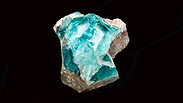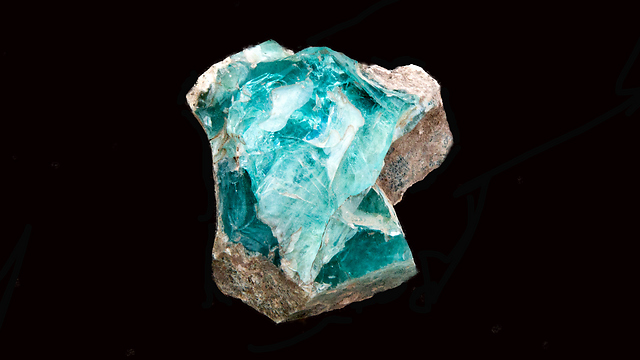
Archeological ‘missing link’ proves Israel was world center of ancient glass trade
1600 year old glass kilns discovered by chance during construction of a railway line in Haifa demonstrate that Israel was at the center of the global glass trad during the late Roman period.
The extraordinary kilns, which are approximately 1,600 years old, are “the earliest found in Israel and the missing link for the production and export of glass,” Yael Gorin-Rosen, head curator of the Israel Antiquities Authority Glass Department, told Tazpit Press Service (TPS).
The kilns were discovered by chance last summer during construction of a new railway line to the northern city of Haifa, when the on-site archeologist, Abdel Al-Salam Sa’id, noticed peculiar shards of glass and ash. Sa’id immediately halted the construction and called Gorin-Rosen, who quickly arrived at the scene.
Stunned, she uttered a simple “Wow,” Gorin-Rosen recalled to TPS. “I was very, very excited.”
“The Valley of Acre was renowned for the excellent quality of sand located there, which was highly suitable for the manufacturing of glass” she explained. This glass traveled the ancient world, Gorin-Rosen said, noting that vessels made in Israel were “discovered at sites in Europe and in shipwrecks in the Mediterranean basin.”
“Now, for the first time, the kilns have been found where the raw material was manufactured,” Gorin-Rosen said.
“This is a sensational discovery,” said Professor Ian Freestone of the University College London, a specialist in the chemical composition of glass who came to Israel to inspect the new find. “It is of great significance for understanding the entire system of the glass trade in antiquity. This is evidence that Israel constituted a production center on an international scale.”
The newly discovered kilns contain two compartments, a firebox and a melting chamber, where clean beach sand and salt were inserted and melted together at a temperature of about 1,200 degrees Celsius (or 2,000 Fahrenheit). This produced enormous chunks of glass, some weighing as much as ten tons.
An edict issued by the Roman emperor Diocletian in the early fourth century CE, refers to two kinds of glass: Judean and Alexandrian. The Judean glass, originating from Israel, was a light green color and less expensive than its contemporary Egyptian, Alexandrian counterpart.
Cameron Pearl contributed to this article.
Reprinted with permissin from Tazpit News Agency.











